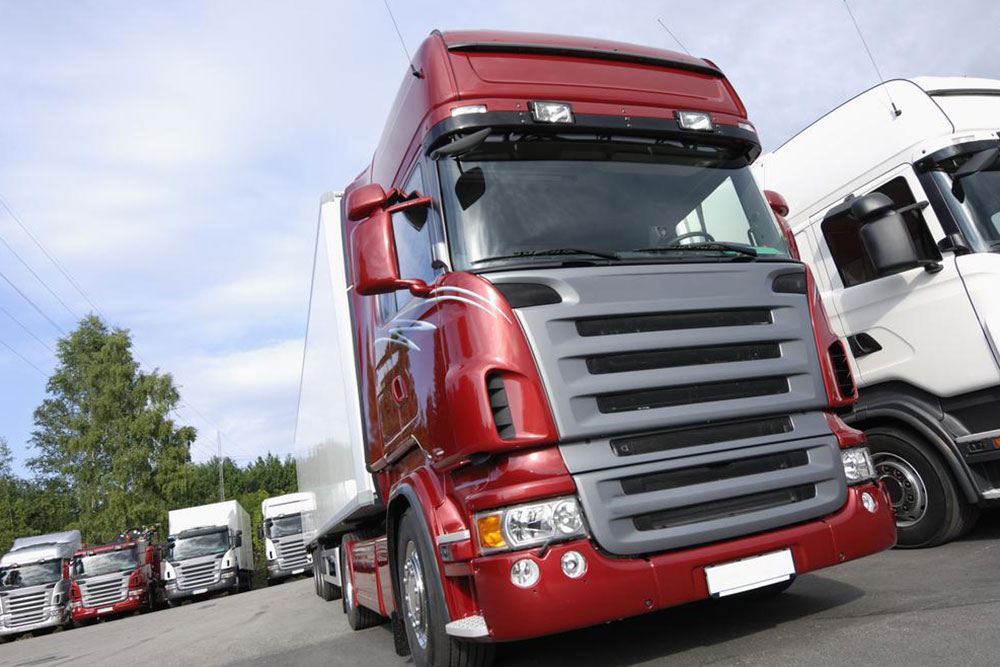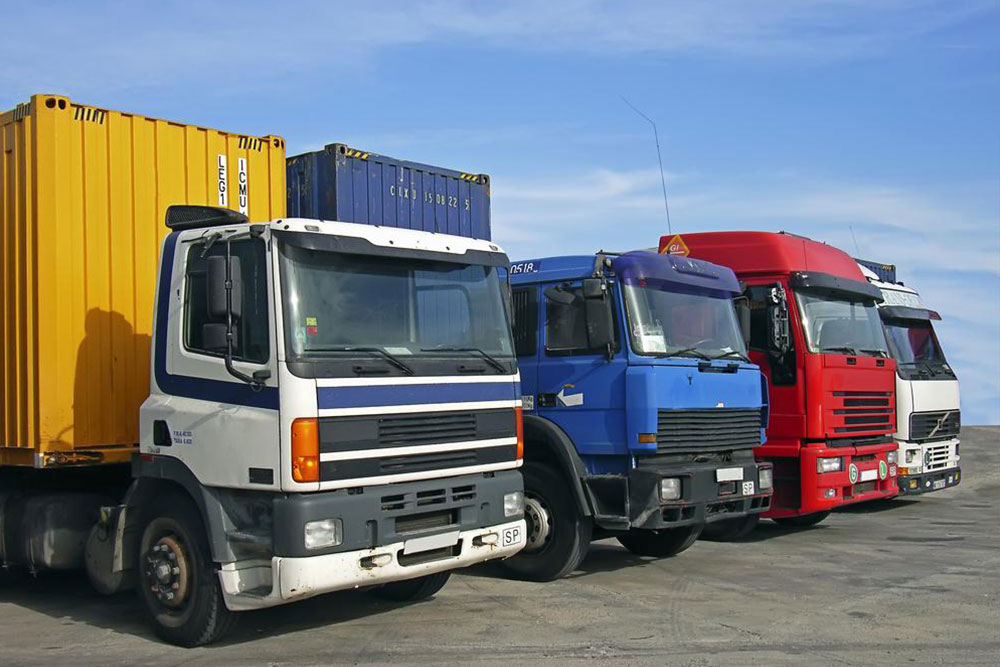Top 3 Delivery Route Planning Tools to Maximize Efficiency
Explore the top three delivery route optimization tools to improve logistics efficiency. These solutions enhance delivery accuracy, reduce costs, and boost customer satisfaction. Whether you need simple mapping or advanced planning for multiple stops, these tools cater to various business needs. Free versions provide basic features, while paid plans unlock comprehensive functionalities for larger fleets, ensuring smooth and timely deliveries.

Top 3 Delivery Route Planning Solutions for Better Logistics
If your deliveries are consistently delayed or navigation challenges occur, it’s time to explore advanced route planning tools. Customers now expect punctual deliveries, making optimized routing crucial. Using dependable mapping and GPS tracking software can improve delivery precision, elevate customer experience, and enhance operational productivity. These tools include features like route mapping and real-time driver updates, ensuring a smooth delivery flow from start to finish.
Benefits of Route Planning Software
Improves customer satisfaction
Finds the most efficient delivery routes
Increases fleet throughput
Saves time and boosts efficiency
Reduces fuel costs and operational expenses
Promotes sustainability by lowering carbon emissions
Selecting the right software is vital for seamless deliveries. Factors to consider include compatibility, flexibility, user-friendliness, pricing, and data integration capabilities.
Prioritize tools that simplify driver management and reduce logistical hurdles. Important considerations include device compatibility, adaptability to last-minute route changes, and an intuitive interface. Evaluate costs relative to fleet size and operational complexity. Effective planning software accounts for weather, traffic, and historic data, providing real-time updates for optimal routing. Geocoding capabilities are essential for converting addresses into precise coordinates, minimizing errors and enhancing accessibility.
Below are three leading free apps to streamline your delivery scheduling:
Google Maps
This free platform offers live traffic updates and multiple map views. Ideal for individual drivers or small tasks, it provides quick routes from point A to B but doesn’t support stop optimization for multiple destinations. It manages up to 10 stops with turn-by-turn directions but is less suited for complex routes.
Best Use: Daily errands and casual routing
Platform: Mobile and web
Cost: Free
Pros: User-friendly, reliable, widely compatible
Cons: Limited multi-stop optimization, not suitable for large deliveries
RouteXL
Designed for small-scale deliveries with multiple stops, RouteXL can automatically optimize routes for up to 20 destinations. It includes geocoding, GPS tracking, route sharing, and QR code scanning. While the interface may take some time to master, it offers efficient planning features.
Best Use: Small business deliveries with up to 20 stops
Platform: Chrome, iOS, Android
Cost: Free for 20 stops
Pros: Automatic route optimization, sharing options
Cons: Single-vehicle focus, learning curve involved
Speedy Route
This web-based platform supports unlimited stops in paid plans, with the free version allowing up to 10 stops. It provides time-efficient routes and straightforward directions for single or multiple vehicles. Its simple interface makes it suitable for complex deliveries with multiple stops.
Best Use: Multi-stop delivery routes for drivers
Platform: Web
Cost: Free for up to 10 stops; paid plans available
Pros: Multi-vehicle route optimization
Cons: Routes cannot be sent directly to navigation apps
Additional free options include:
TruckRouter – Focused on North American freight, supporting up to five stops for free.
Route4Me – Provides extensive routing and logistics solutions.
MapQuest – Suitable for road trips, with support for up to 26 stops in the free version.
Using appropriate route planning software helps refine delivery paths, optimize daily workflows, and prevent multiple deliveries to the same location. Free versions offer basic functionalities, while paid versions provide advanced features suitable for larger, more complex fleets.
Note: Our blog offers practical insights based on in-depth research. While helpful, this information should not be considered definitive. We disclaim responsibility for discrepancies or updates elsewhere and recommend verifying details before making choices.


